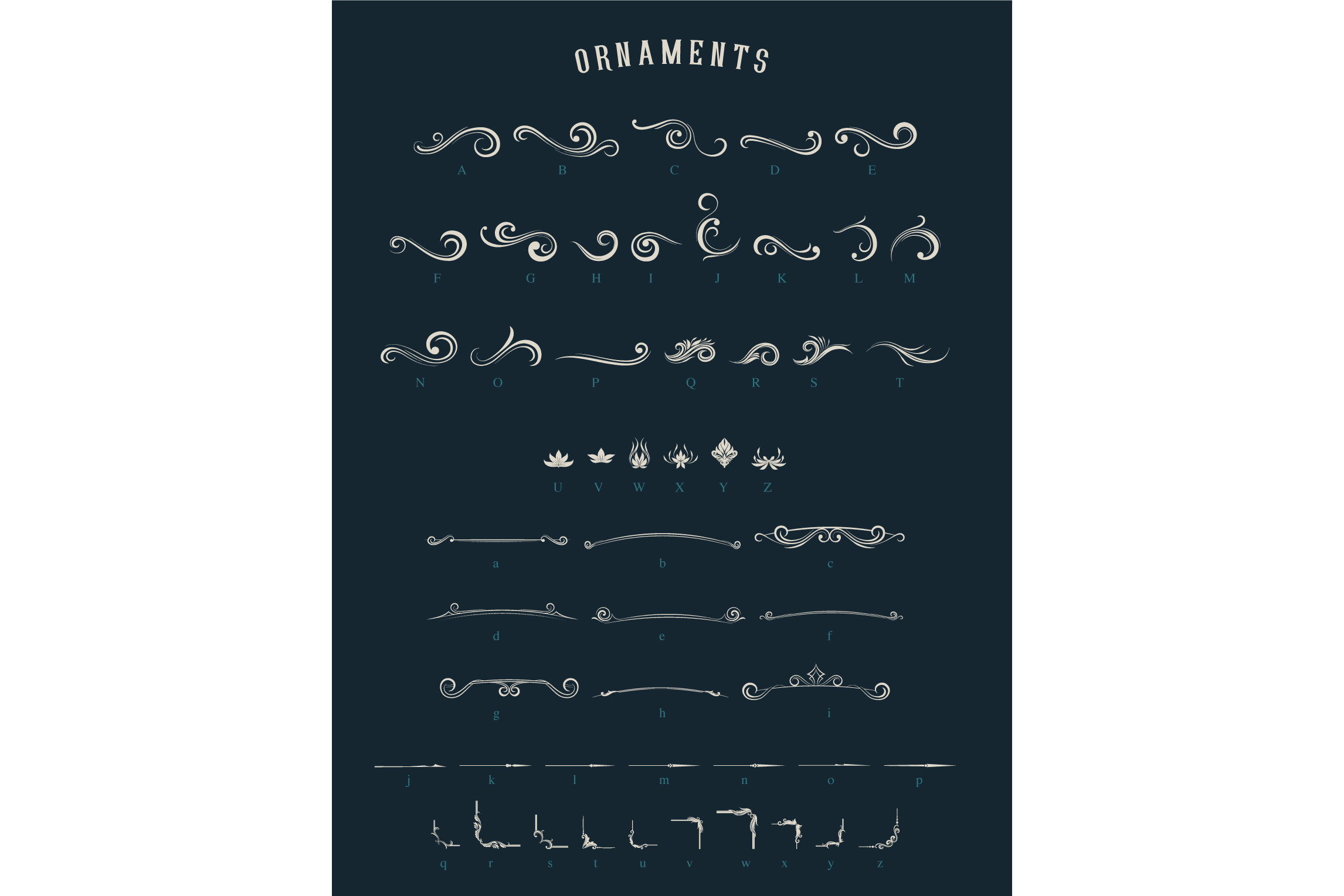

Just over a year later, Gadugi and an improved version of Plantagenet were included in Windows 8 and the Windows 8 Cherokee LIP is about to hit the streets. Although they couldn’t talk about Gadugi, they took the opportunity to urge type designers to produce more fonts supporting their language, making the case that Cherokee school children doing projects had numerous English fonts but just a handful of Cherokee designs. At the event, Joseph and Roy took the stage to talk about the Cherokee writing system.

In July 2011, with Windows 8 still under wraps, the Microsoft font team joined the typographic community in New Orleans for the annual TypeCon conference. In the spirit of Gadugi we took the opportunity to also include Canadian Aboriginal Syllabic support as well. The non-Cherokee character set was defined to support all of the indigenous Latin based languages of North and South America. The name seemed to fit both the design and the process by which the typeface was developed. Michelle Perham, who managed the project, found a few candidates including the final name Gadugi, which is a Cherokee word which roughly translates to “working together”. Picking a name for a font is always tricky-not only does the name need to fit the design, but it also needs to be a name we can trademark. This involved hinting (tuning the fonts for display at small sizes), picking a name and adding an appropriate supplemental character set. With this positive feedback we set about completing the work. However, we needed more assurance that the design would be acceptable, so we asked Joseph and Roy to show it to members of the community-in particular the community elders.Īt first the elders were somewhat skeptical of a new design, but when shown alongside Plantagenet at small sizes, it became evident that the new font was more legible and readable. Within a few weeks we had a prototype font we could share with Joseph and Roy, and after several rounds of revision we had a design that had their seal of approval. Produced by Monotype designers based in the UK, the new font followed the design principles of Segoe UI Regular and Segoe UI Bold in terms of construction and stroke weight. Of course, the design of Windows 8’s user experience was a closely guarded secret at that time, so we couldn’t share visuals or details with Joseph or Roy, but after some initial discussions, we got the green light to explore a sans-serif design. By obtaining support of the Cherokee language on computers and devices, they feltthat it will make the language more accessible and fun for children to use both inside and outside he classroom. Thus, we reached out to Joseph Erb and Roy Boney of the Cherokee Nation, two individuals who stand at the forefront of encouraging tech companies to provide support for the Cherokee language. We understood that replacing an established, accepted design would not be possible without the support of Cherokee readers. Of particular interest was creating a Cherokee UI font in the same humanist sans serif style as the other Windows UI fonts.

With this in mind, the font team set out to explore various solutions. Furthermore, the design became blotchy and difficult to read at small sizes-definitely less than optimal for UI text in tiles and icon captions. It was immediately apparent that the traditional serif design of Plantagenet didn’t align with the Windows 8 personality and, as a document font, was not a good fit for the Windows 8 UI.

At that time the font team was embedded within the Windows User Experience team, working alongside the designers and program managers engaged in shaping the look and feel of Windows 8. As a result, for most Cherokee readers using Microsoft or Apple products, it represents the face of the language.ĭuring the planning of Windows 8, Microsoft decided to further support the Cherokee language by localizing Windows 8. Apple also licensed Plantagenet to use in MacOS and iOS. Plantagenet is a serif typeface design which follows the design conventions of the original metal typeface introduced 200 years ago-shortly after the invention of the Cherokee Syllabary by Sequoyah. Microsoft first supported Cherokee in Windows Vista by including Plantagenet Cherokee, a typeface designed by Ross Mills of Tiro Typeworks.


 0 kommentar(er)
0 kommentar(er)
